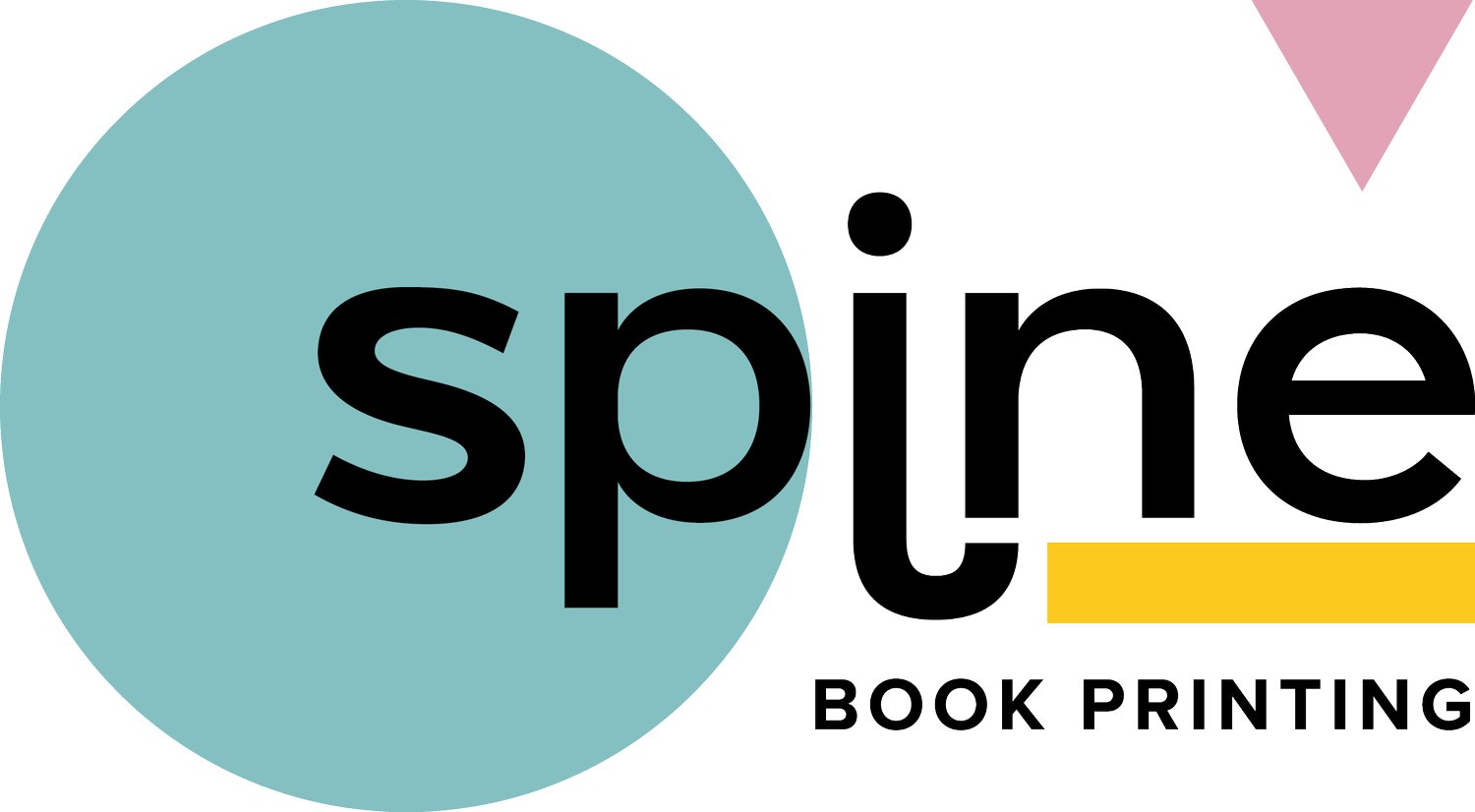Writing for Different Audiences: Tips for Reaching Kids, Teens, and Adults
Writing for different audiences requires an understanding of what each group enjoys. Kids, teens, and adults have distinct preferences when it comes to books. Knowing these preferences can help you create stories that resonate with each age group.
Children love stories that are fun and imaginative. They are drawn to colourful illustrations and simple language. For teens, stories about growing up, friendships, and adventures are more appealing. They enjoy complex characters and plots that they can relate to. Adults prefer more detailed storytelling with deeper themes and mature content. Their interests can vary widely from thrillers to romance to non-fiction.
By tailoring your writing style and themes to a specific audience, you can make your stories more engaging and enjoyable. This approach helps in creating connections with your readers, making them want to read more of your work. Understanding these differences is essential for any writer looking to succeed across different age groups.
Understanding the Reading Preferences of Kids, Teens, and Adults
Reading preferences vary greatly by age group. Each group has unique interests and needs that shape what they enjoy in a book.
Kids: Young children love stories that spark their imagination and teach them simple lessons. They often prefer books with bright illustrations and simple, direct language. Themes of friendship, family, and adventure are popular. Rhymes and repetitive text can also make stories more engaging for young readers.
Teens: Teenagers look for stories that reflect their own experiences and challenges. They enjoy exploring themes like identity, relationships, and personal growth. Fantasy and dystopian genres are particularly popular, as are stories with strong, relatable characters. Teens appreciate more complex plots and writing styles that challenge their intellect and emotions.
Adults: Adults have a wide range of tastes, often depending on their life stage and personal interests. Some may prefer thrillers and mysteries, while others might enjoy romance, historical fiction, or non-fiction. Adults typically seek deeper themes and more intricate storylines. They enjoy books that provoke thought and offer new perspectives on life's big questions.
Understanding these preferences helps writers create stories that connect with their readers on a deeper level.
Tips for Writing for Kids
Writing for children involves crafting stories that entertain and educate. Here are some key elements to include:
1. Simple Language: Use easy-to-understand words and short sentences. Avoid complex vocabulary and long paragraphs.
2. Colourful Illustrations: Bright and vivid pictures can capture a child's attention and bring the story to life.
3. Engaging Themes: Focus on themes like friendship, adventure, and family, which resonate with kids.
Examples of language and themes that engage young readers:
- Simple Dialogues: Characters speaking in short, clear sentences help kids follow the story.
- Interactive Elements: Encourage participation through questions, sounds, or actions.
- Positive Messages: Include lessons and morals that teach kindness, cooperation, and honesty.
Crafting stories with these elements will make your children's books more appealing and enjoyable for young readers.
Advice for Writing for Teens
Writing for teens involves understanding the unique issues and themes that resonate with this age group. Teenagers face many changes and challenges, and they look for stories that reflect their experiences and emotions.
Themes and Issues for Teens:
- Self-Discovery: Stories about finding one's identity and place in the world are very appealing to teens.
- Relationships: Friendships, family dynamics, and romantic relationships are key interests.
- Challenges and Conflicts: Teens enjoy reading about characters dealing with challenges similar to their own, such as peer pressure, bullying, and personal growth.
Tips on Writing Style and Language:
- Relatable Characters: Create characters that teens can see themselves in. They should be realistic, with strengths and flaws.
- Authentic Dialogue: Use language that sounds natural for teenagers. Avoid slang that might quickly become outdated.
- Engaging Plot: Keep the story moving with twists and turns that maintain interest. Teens appreciate complex plots that challenge their thinking.
By focusing on these elements, you can write engaging and meaningful stories that will keep teens hooked from start to finish.
Strategies for Writing for Adults
Writing for adults allows for exploring deeper and more complex themes. Adults look for books that provide a richer and more nuanced reading experience.
Tackling Complex Themes:
- In-depth Characters: Develop characters with detailed backstories and mixed motivations. Adults appreciate characters who grow and change.
- Mature Content: Don't shy away from exploring difficult or mature topics, such as love, loss, politics, or ethical dilemmas.
- Subtext and Symbolism: Include layers of meaning through subtext and symbolism to encourage deeper thought.
Maintaining Reader Engagement:
- Intricate Plotting: Use detailed and multifaceted plots that keep readers guessing. Layered storytelling can add depth.
- Strong Beginnings and Endings: Start with a hook that grabs attention and end with a memorable conclusion. This encourages readers to continue to the end and remember the story.
- Balanced Pacing: Alternate between fast-paced action and slower, more reflective scenes to maintain interest without overwhelming the reader.
Creating stories with these strategies helps in crafting compelling narratives that adults will find captivating and thought-provoking.
Conclusion
Reaching different audiences with your writing requires understanding their unique preferences and needs. Kids, teens, and adults each look for different things in books. Tailoring your themes, language, and storytelling style to meet these needs makes your writing more effective and engaging.
For kids, keep things simple and imaginative. Use colourful illustrations and easy-to-understand text. Teens need relatable characters and plots that mirror their own experiences. Writing for adults allows for deeper exploration of themes and more complex storytelling.
At Spine Book Printing, we understand the importance of presenting your stories in the best possible way. Our high-quality book printing services ensure that your books look as good as they read. Get in touch with us today to bring your stories to life!

